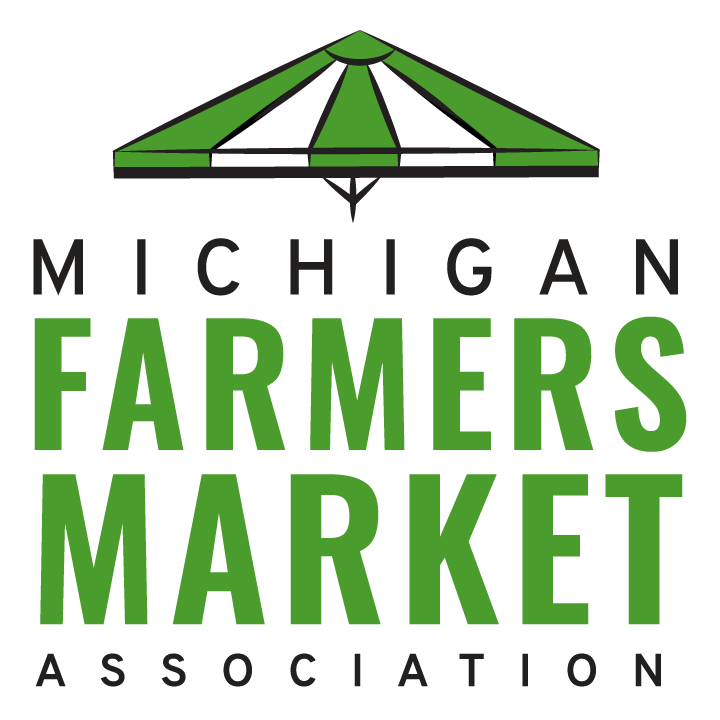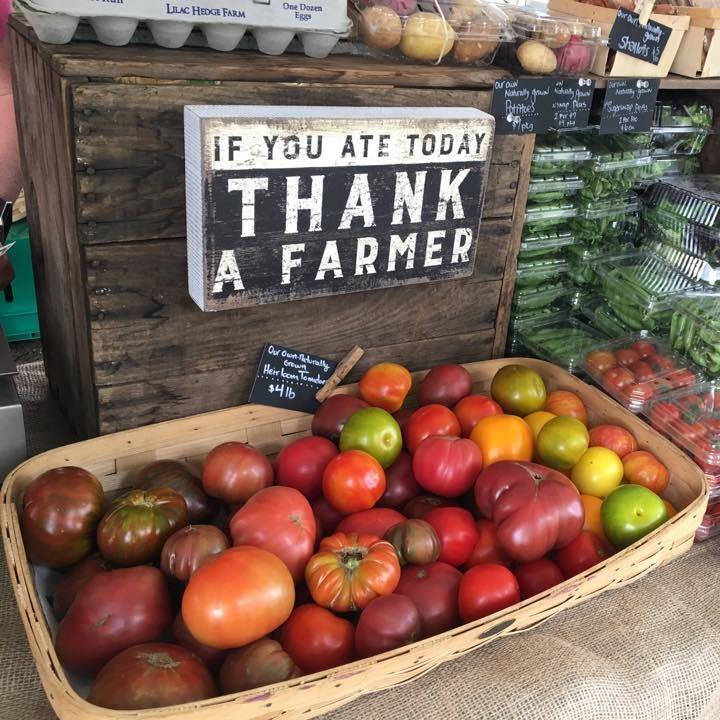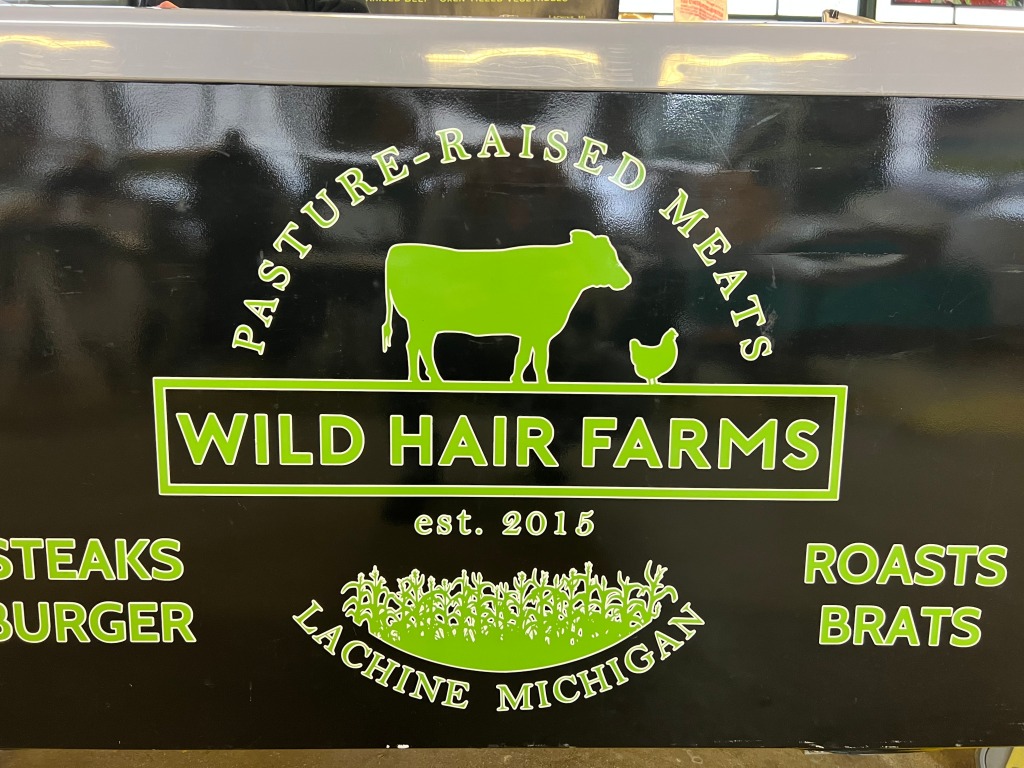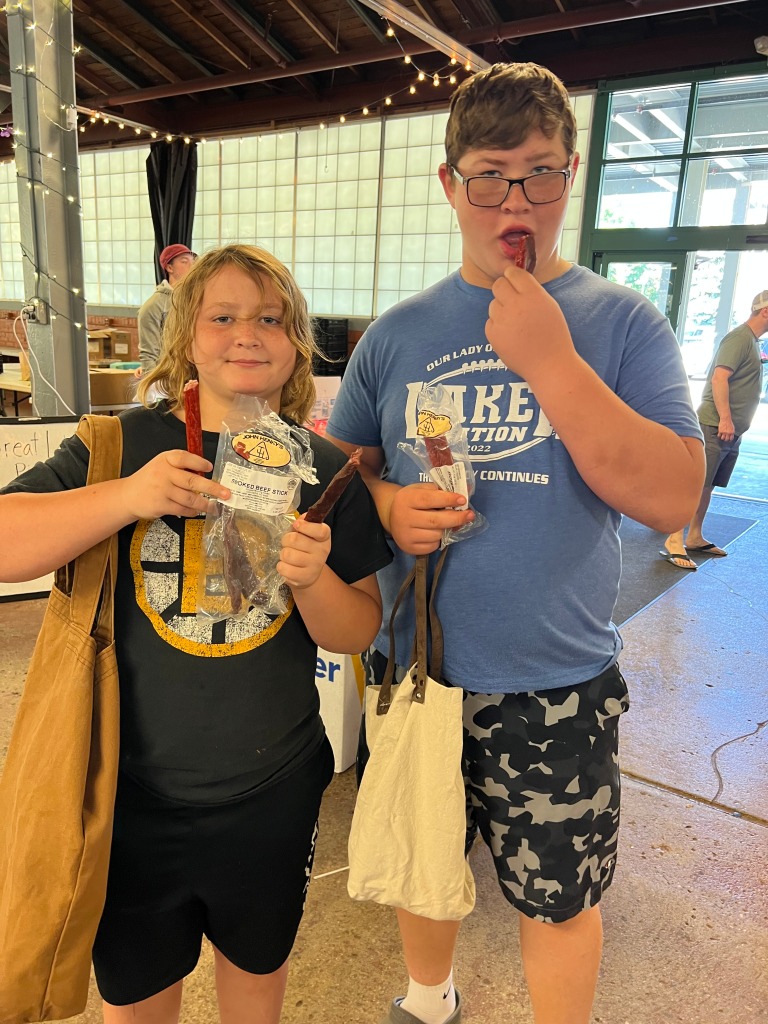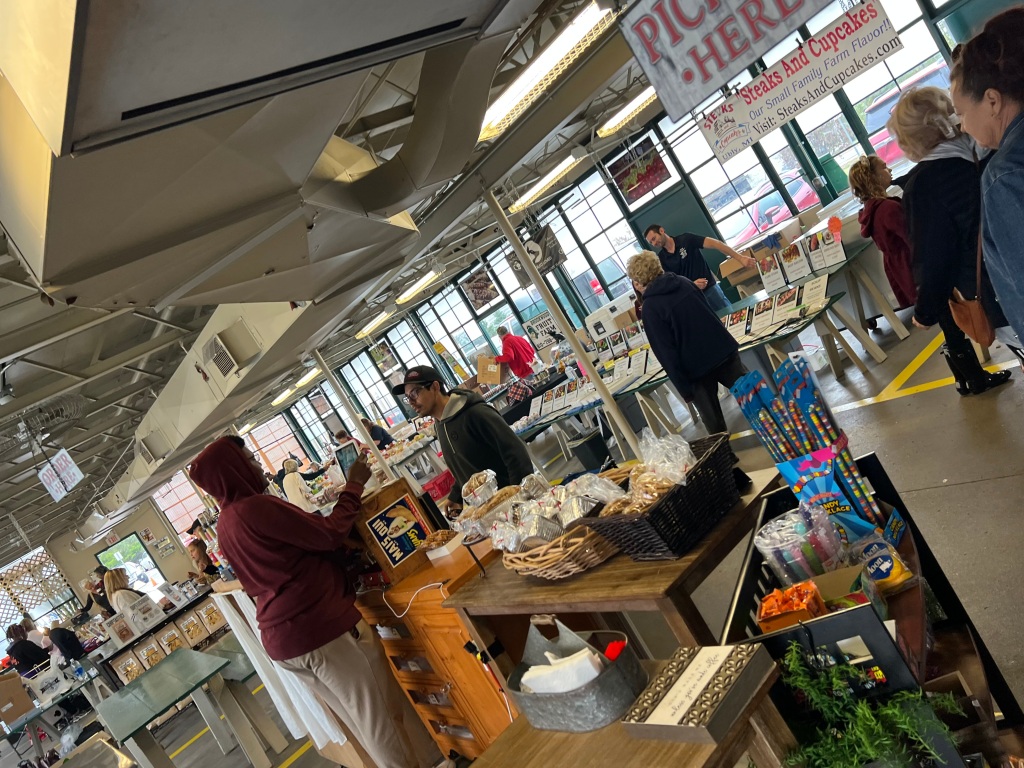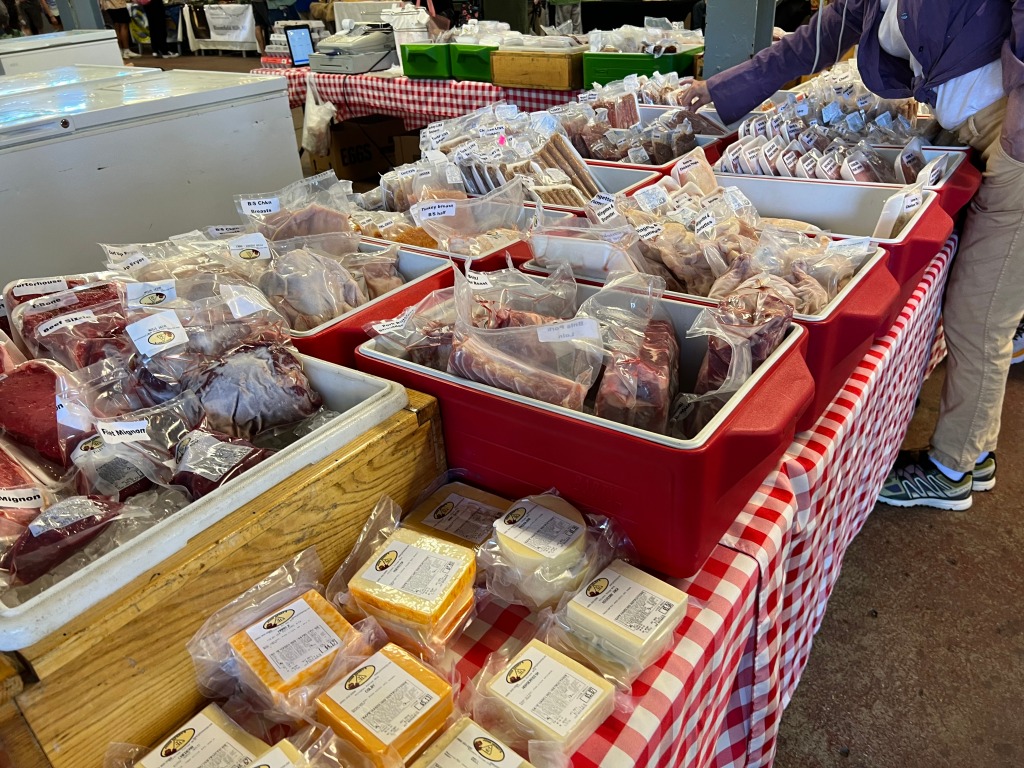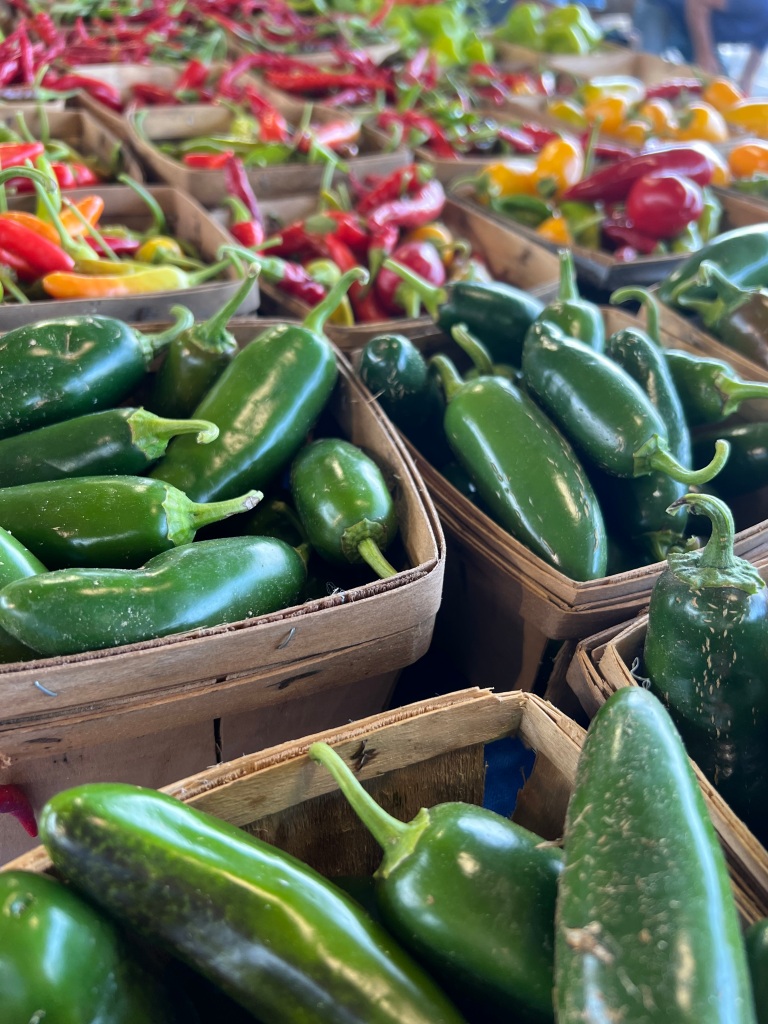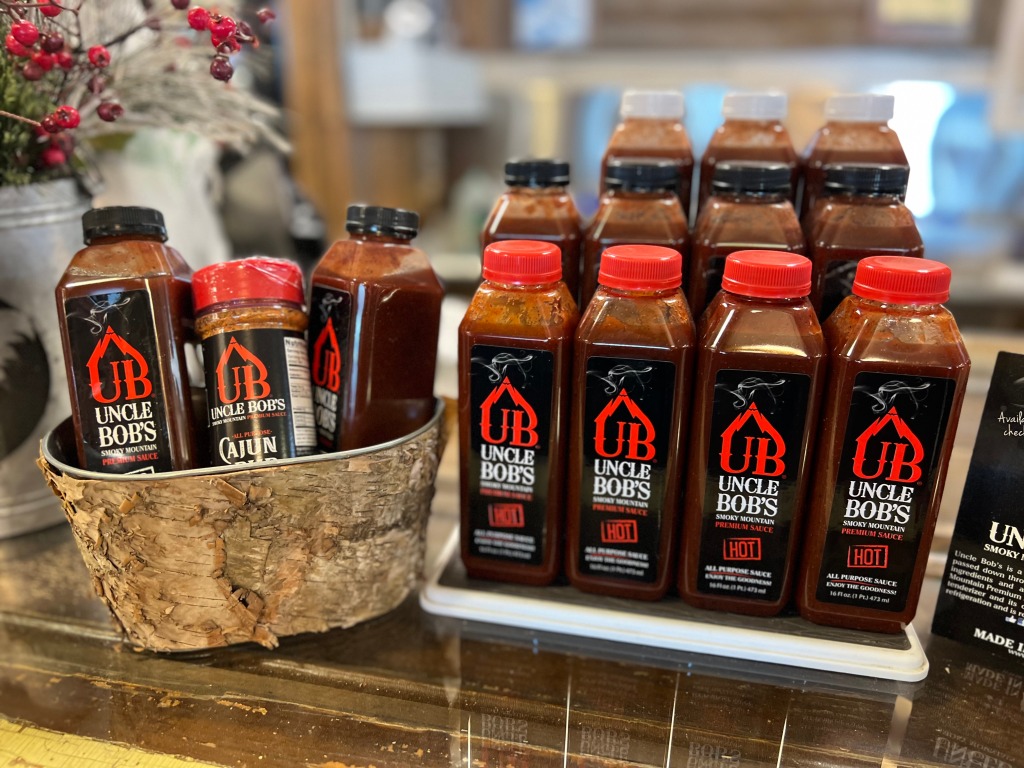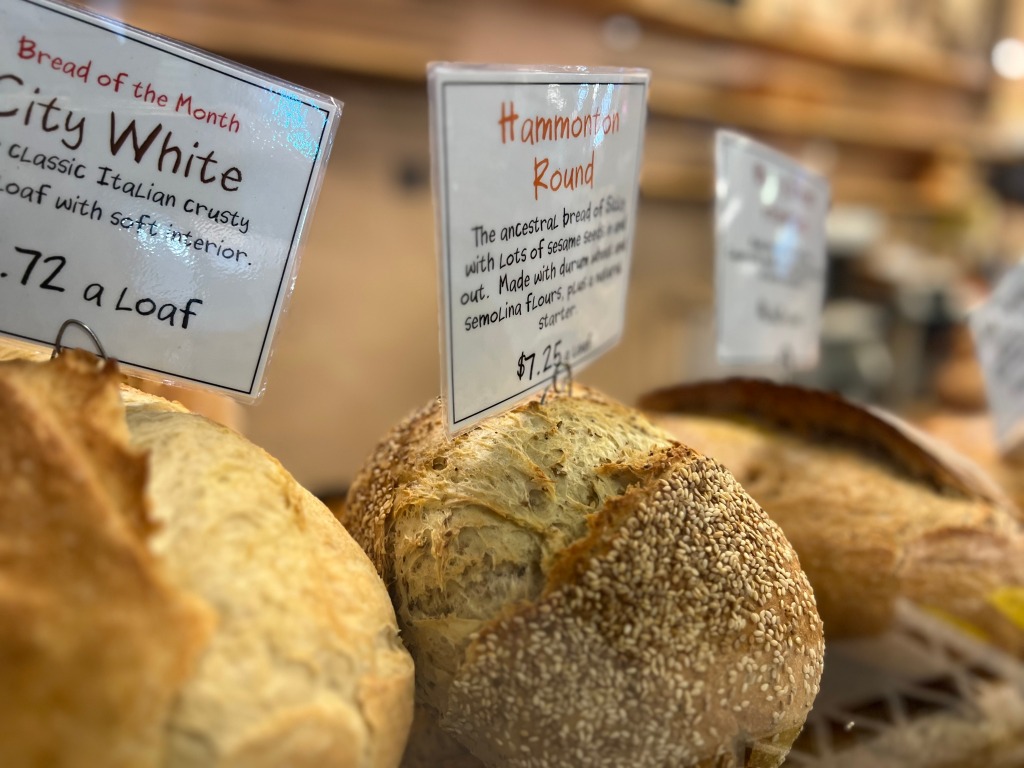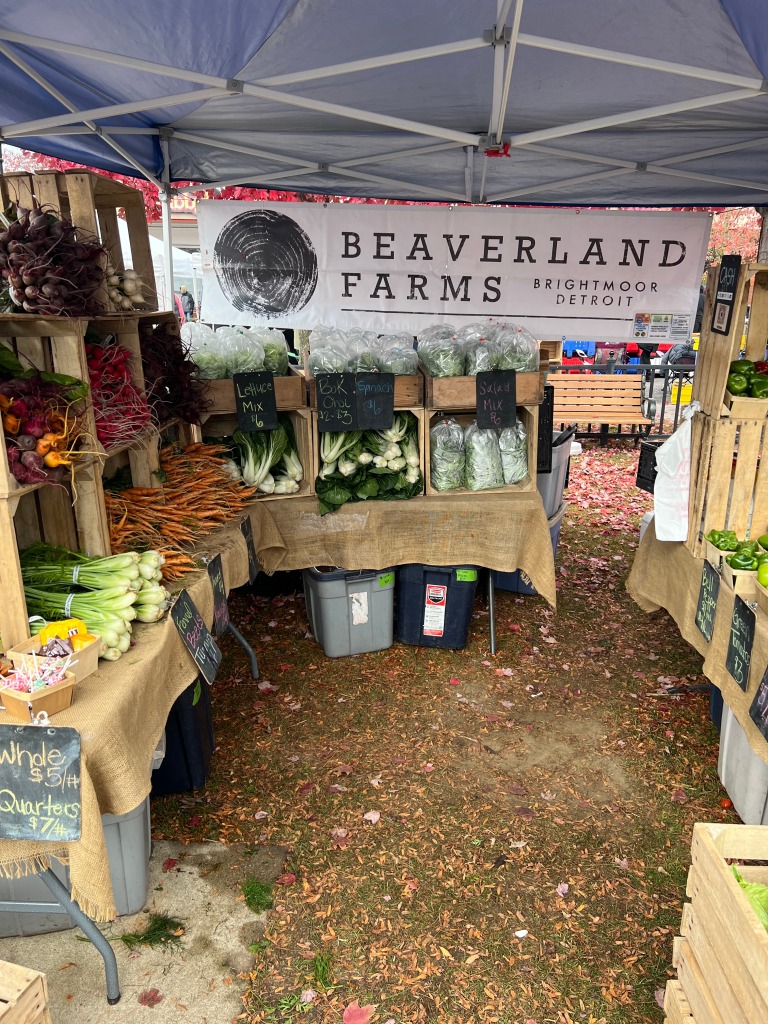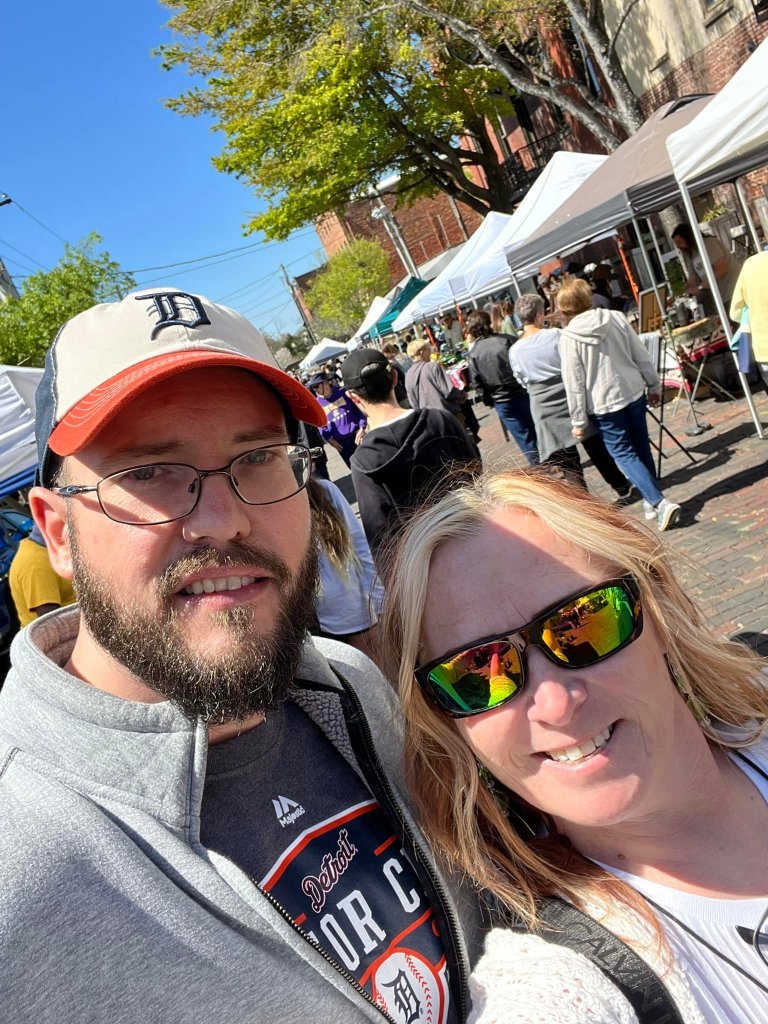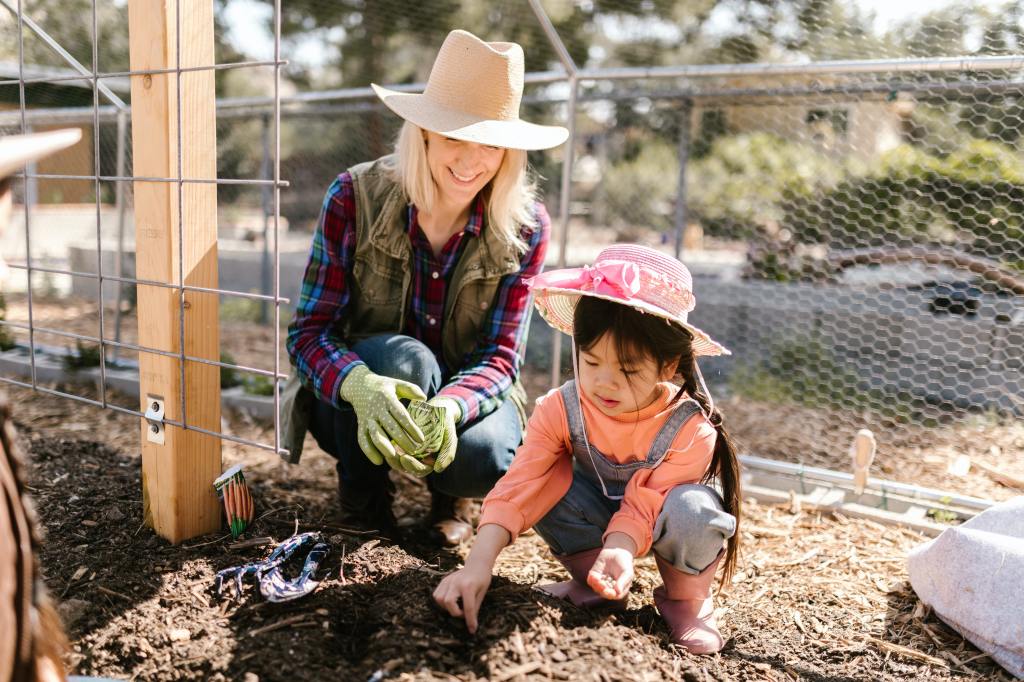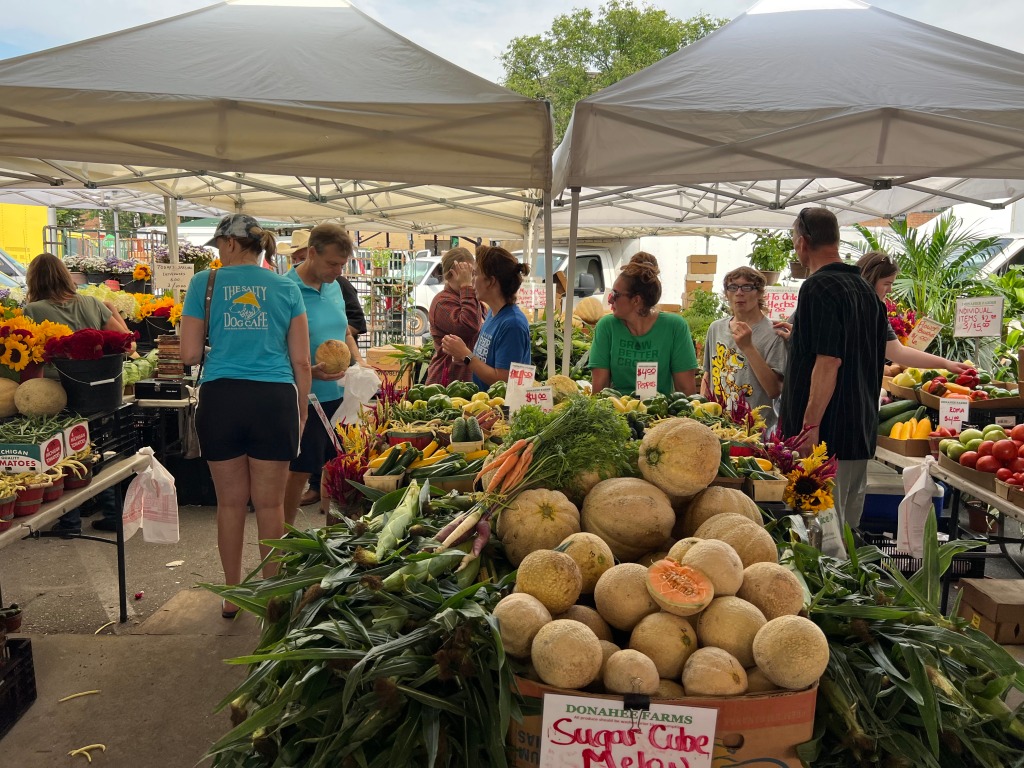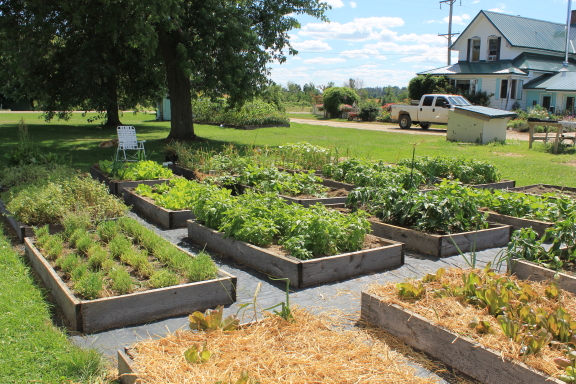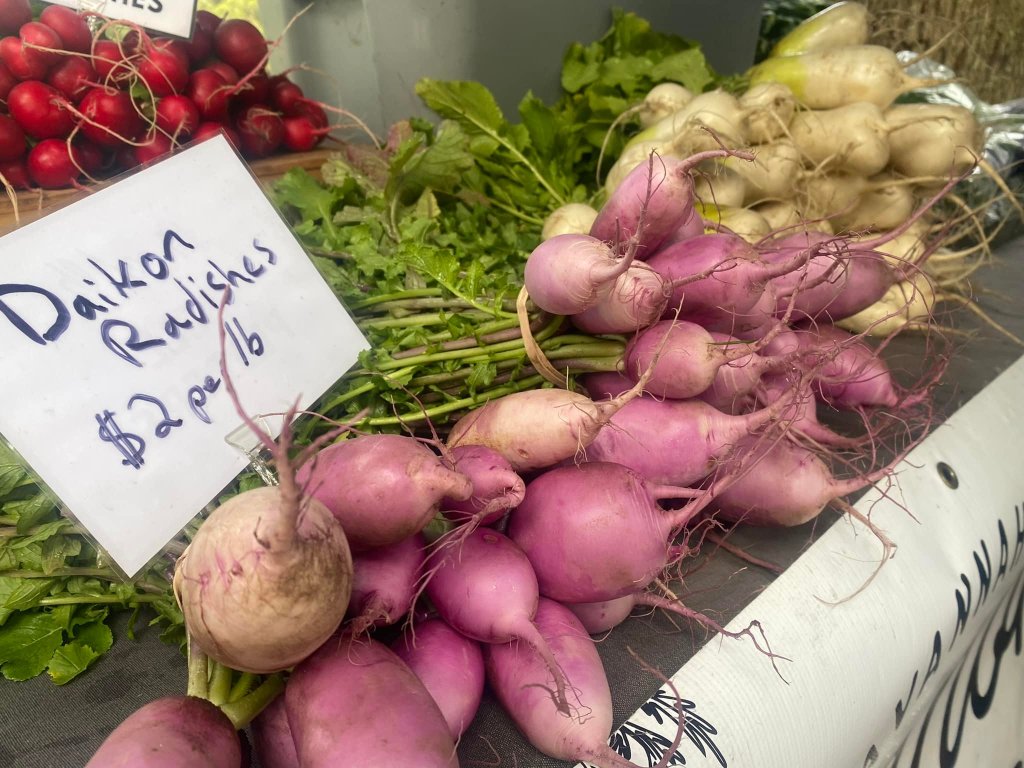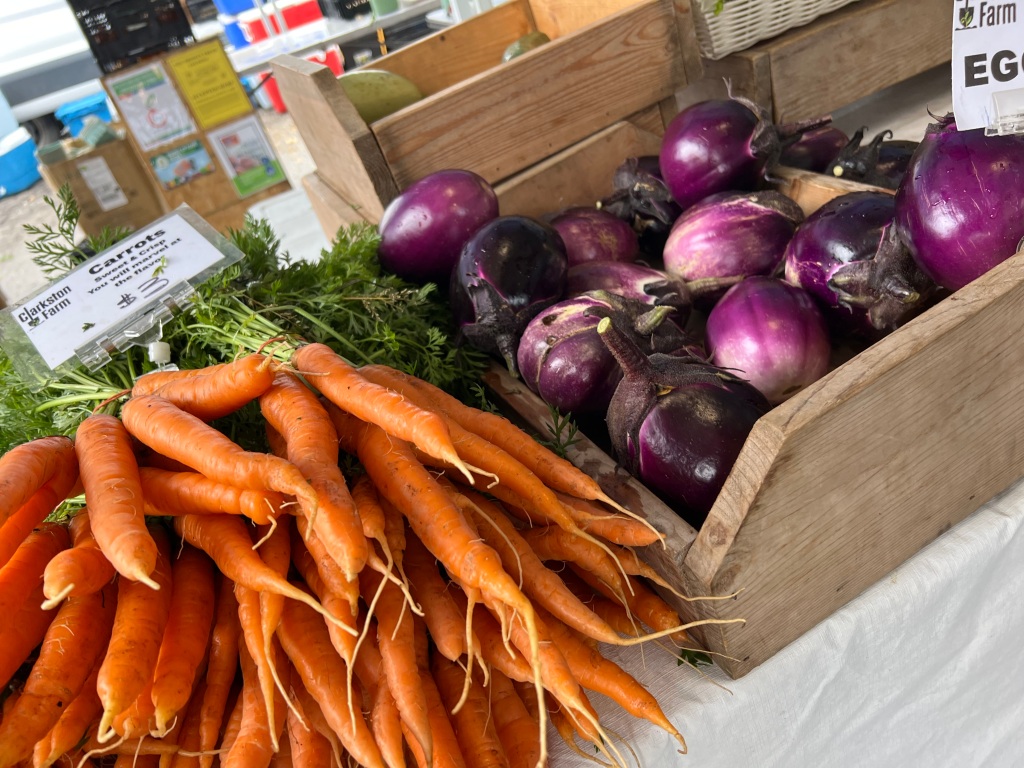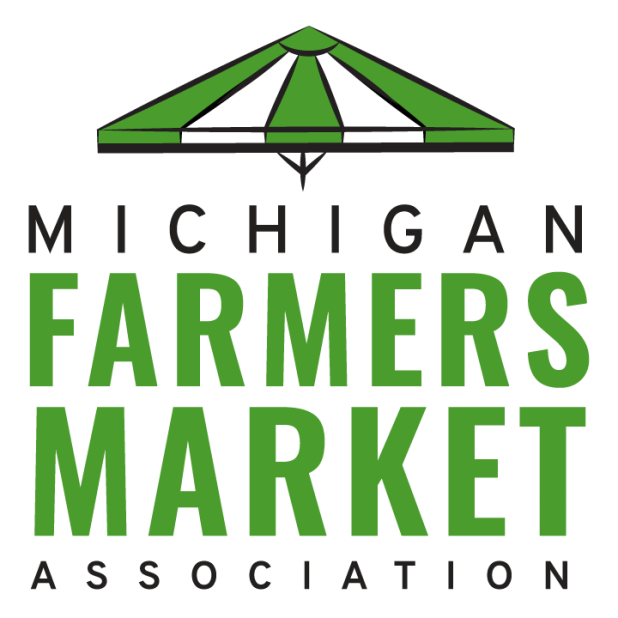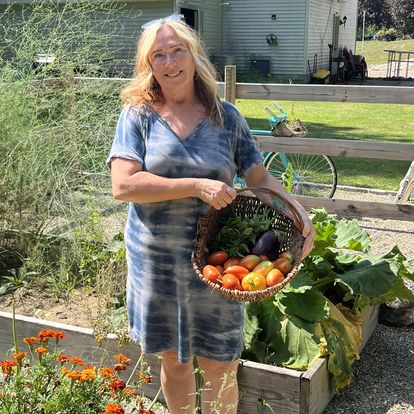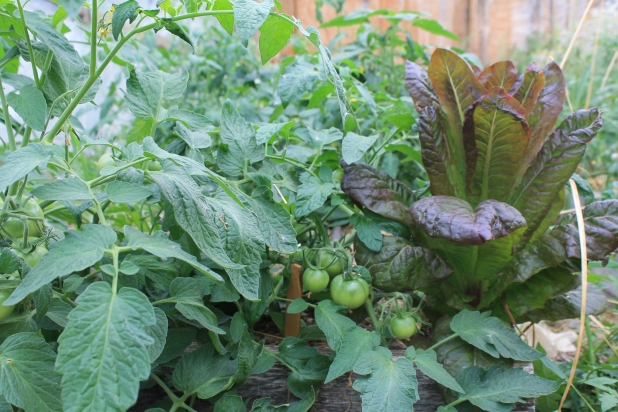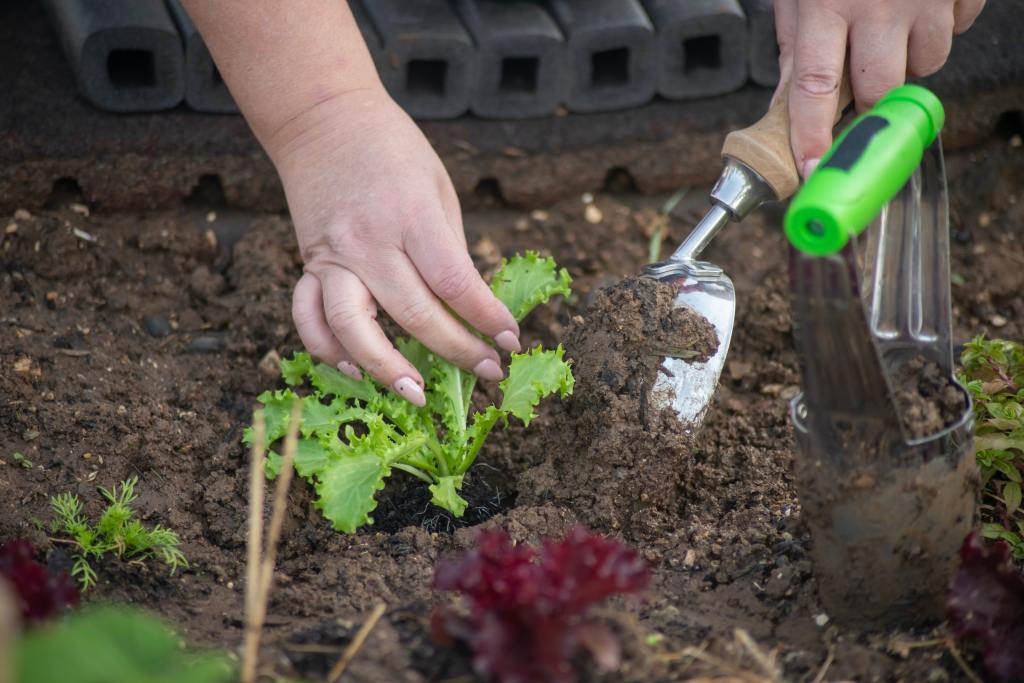
Introduction to Sustainable Gardening
Sustainable gardening is not only a growing trend but also a responsible way to care for the environment. By implementing sustainable practices in your garden, you can create a thriving ecosystem that supports biodiversity, conserves resources, and minimizes the use of harmful chemicals. In this article, I will guide you through ten sustainable practices that will help you transform your garden into an eco-oasis.
Benefits of Sustainable Gardening
Embracing sustainable gardening practices offers a multitude of benefits for both your garden and the environment. Firstly, it reduces the carbon footprint associated with traditional gardening methods. By minimizing chemical use, you prevent harmful substances from leaching into the soil and water systems, ensuring the health of your garden ecosystem. Additionally, sustainable gardening promotes biodiversity by creating habitats for beneficial insects, birds, and wildlife. This, in turn, helps control pests naturally, reducing the need for pesticides.
Furthermore, sustainable gardening saves water by utilizing efficient irrigation systems and water conservation techniques. This not only reduces your water bill but also supports the conservation of this precious resource. Lastly, sustainable gardens provide a serene and beautiful environment for you to enjoy, connecting you to nature and promoting overall well-being.

Join the list
Join hundreds of our subscribers and be the first to know about new content and special offers.
Water Conservation Techniques for a Sustainable Garden
Conserving water is crucial for sustainable gardening. One way to achieve this is through proper irrigation techniques. Installing a drip irrigation system allows water to be delivered directly to the plant’s root zone, minimizing evaporation and runoff. Mulching is another effective technique to retain moisture in the soil. Applying a layer of organic mulch around plants helps regulate soil temperature, reduce water evaporation, and suppress weed growth.

Another water-saving technique is the use of rain barrels. These collect rainwater from gutters, which can then be used to water plants during dry periods. Additionally, grouping plants with similar water requirements together, known as hydro-zoning, ensures efficient water usage. By placing plants with high water needs together, you can avoid overwatering and conserve water in the process.
Soil Health and Organic Fertilizers
Maintaining soil health is vital for a sustainable garden. Healthy soil is teeming with beneficial microorganisms that support plant growth and ward off diseases. One way to improve soil health is by incorporating organic matter such as compost into the soil. Compost not only enriches the soil with essential nutrients but also improves its structure, allowing for better water retention and aeration.

Instead of relying on synthetic fertilizers, opt for organic alternatives. Organic fertilizers, such as composted manure or bone meal, release nutrients slowly, providing a steady supply to plants without causing nutrient imbalances or harming the environment. Additionally, practicing crop rotation and cover cropping helps replenish soil nutrients naturally, reducing the need for fertilizers altogether.
Choosing Native Plants and Reducing Chemical Use
When selecting plants for your garden, prioritize native species. Native plants are adapted to the local climate and require less water, fertilizer, and pesticide inputs. They also provide food and habitat for local wildlife, contributing to a more balanced ecosystem. By planting a diverse range of native species, you can create a beautiful and sustainable garden that supports local biodiversity.

Reducing chemical use is another essential aspect of sustainable gardening. Instead of relying on synthetic pesticides, explore natural pest control methods. For instance, introducing beneficial insects like ladybugs and lacewings can help control aphid populations. Companion planting, which involves growing plants that naturally repel pests or attract beneficial insects, is another effective strategy. By reducing chemical use, you protect the health of your garden ecosystem and minimize harm to beneficial insects and wildlife.
Composting and Recycling in the Garden
Composting is a fundamental practice in sustainable gardening. It allows you to recycle organic waste from your garden and kitchen, turning it into nutrient-rich compost that can be used to fertilize your plants. Start by collecting kitchen scraps, such as fruit and vegetable peels, coffee grounds, and eggshells. Avoid including meat and dairy products, as they can attract pests.

In addition to composting, recycling other garden materials is equally important. Instead of disposing of yard waste, such as leaves and grass clippings, consider using them as mulch or incorporating them into your compost pile. This reduces waste and enriches your garden’s soil with organic matter.
Creating a Habitat for Beneficial Insects and Wildlife
Encouraging beneficial insects and wildlife in your garden is not only aesthetically pleasing but also essential for a sustainable ecosystem. Planting flowers that attract pollinators, such as bees and butterflies, provide them with a much-needed food source and contribute to the pollination of your plants. Some examples of pollinator-friendly plants include lavender, sunflowers, and coneflowers.

To create a habitat for wildlife, incorporate features such as bird feeders, bird baths, and nesting boxes. These provide food, water, and shelter for birds, encouraging them to visit and potentially nest in your garden. Additionally, consider leaving a small area of your garden untouched, allowing native plants to grow and providing a habitat for small mammals, reptiles, and amphibians.
Rainwater Harvesting and Irrigation Systems
Another sustainable practice to adopt in your garden is rainwater harvesting. By collecting rainwater, you can reduce your reliance on municipal water supplies and conserve this precious resource. Install rain barrels or cisterns to capture rainwater from your roof. This water can then be used for irrigation during dry periods, reducing the need for tap water.

In addition to rainwater harvesting, implementing efficient irrigation systems further promotes sustainable gardening. Drip irrigation, as mentioned earlier, delivers water directly to the plant’s root zone, minimizing water loss through evaporation. Timer-controlled irrigation systems ensure that plants receive water at the optimal time, preventing overwatering or underwatering. These systems can be customized to suit the specific water needs of different areas in your garden, maximizing water efficiency.
Energy-Efficient Lighting and Garden Design
For an all-encompassing sustainable garden, consider energy-efficient lighting and garden design. Opt for LED lights, which consume less energy and have a longer lifespan compared to traditional incandescent bulbs. Install motion sensors or timers to ensure that outdoor lights are only used when needed, reducing unnecessary energy consumption.

In terms of garden design, incorporate eco-friendly elements such as permeable paving stones or gravel paths. These allow rainwater to infiltrate the soil, preventing runoff and replenishing groundwater. Additionally, design your garden to maximize natural shade and airflow, reducing the need for artificial cooling systems. Planting trees strategically can provide shade in the summer and act as windbreaks in the winter, creating a more energy-efficient garden.
Embracing Sustainable Practices for a Greener Garden
In conclusion, transforming your garden into an eco-oasis is not only beneficial for the environment but also a rewarding endeavor. By implementing the ten sustainable practices discussed in this article, you can create a garden that supports biodiversity, conserves resources, and minimizes harm to the ecosystem. Embrace sustainable gardening today and watch as your garden flourishes while contributing to a greener and more sustainable future.

CTA: Start implementing sustainable practices in your garden today and be part of the movement towards a greener future. Your garden can be an oasis for both you and the environment.
If you enjoyed this blog , please LIKE, Follow, Share & leave me a comment! I love your feedback!
If you aren’t following me on Facebook & Instagram, go on over & give a LIKE & Follow me for daily tips & tricks for your home & garden!
Remember to eat fresh, shop local, & have a happy day,
Jean
Copyright Policy
All text and images on this site are copyright of For Dragonflies And Me. Unless otherwise noted, you may not use this content
This post may contain affiliate links. If you choose to purchase through an affiliate link, I may receive a small commission at no additional cost to you. You can see my full disclaimer here.






